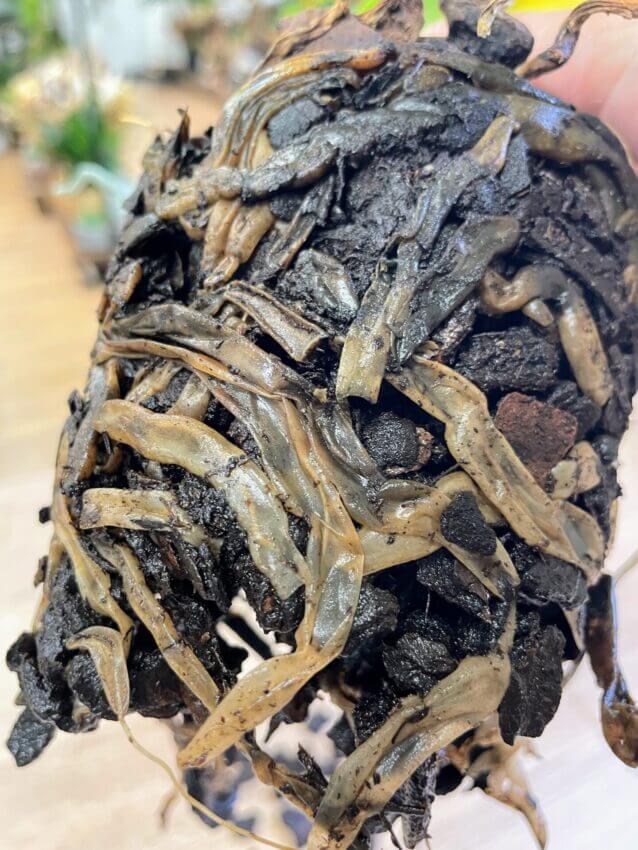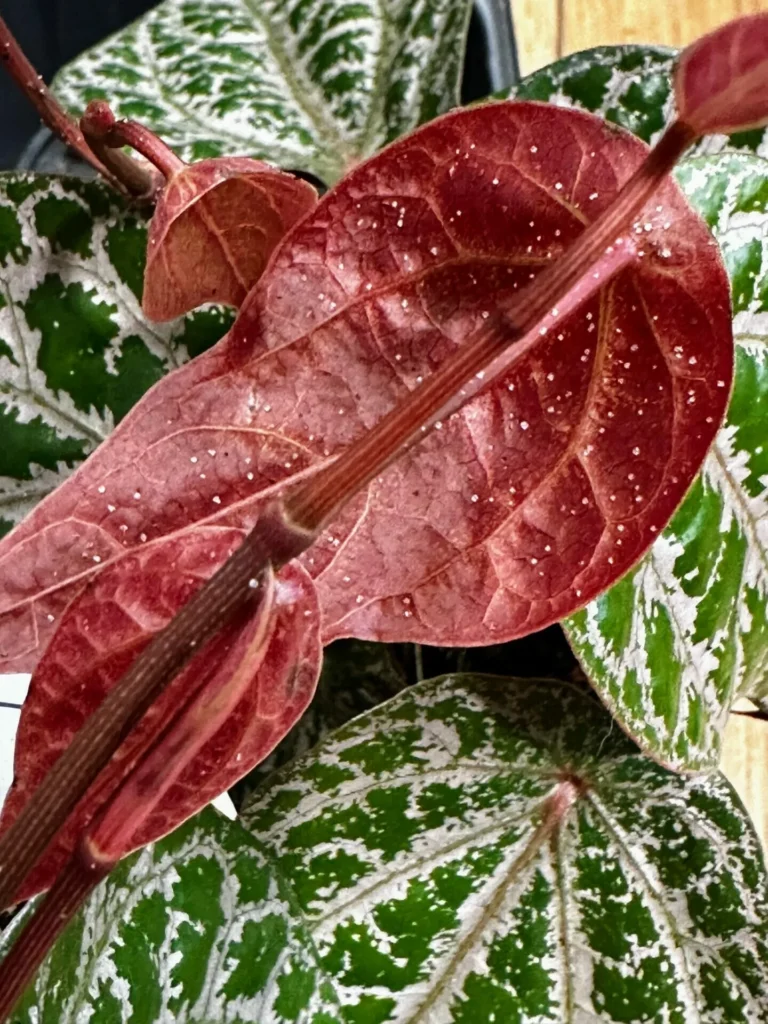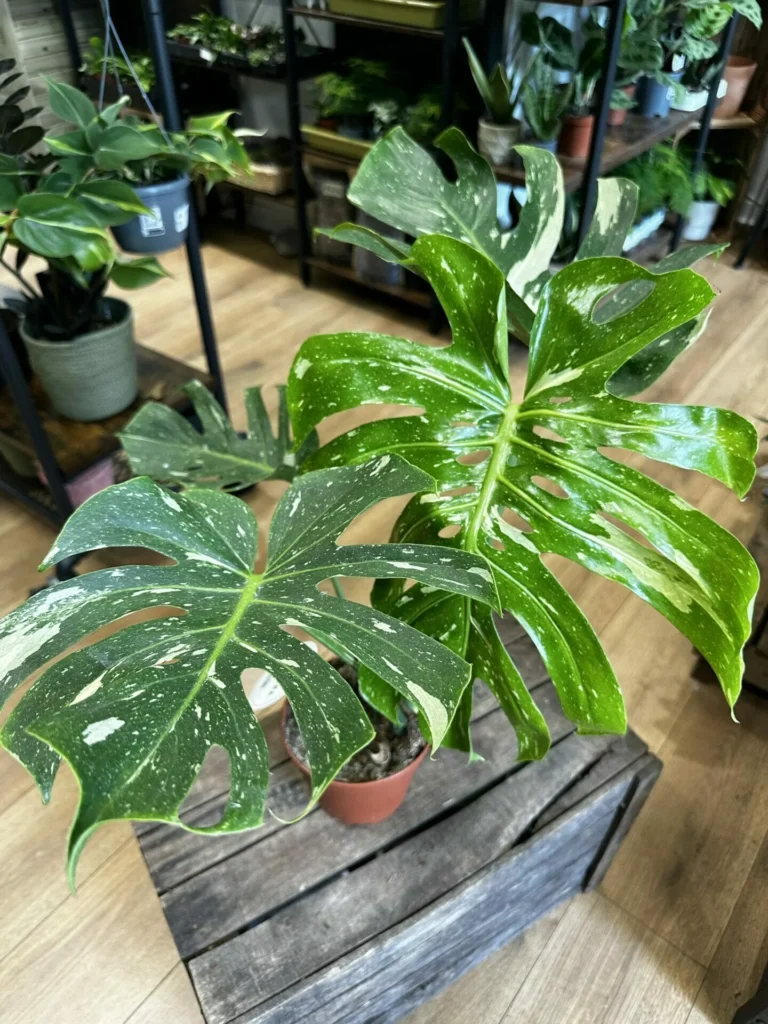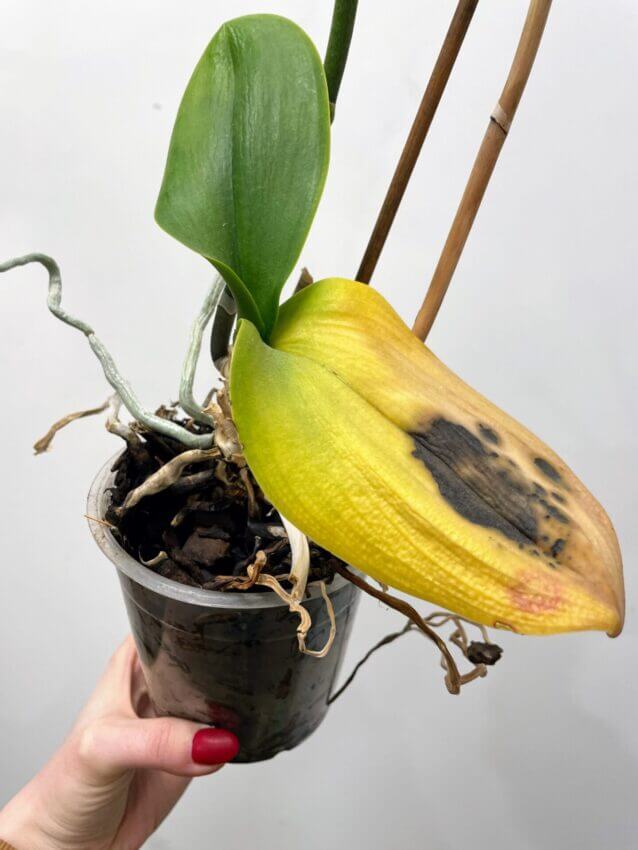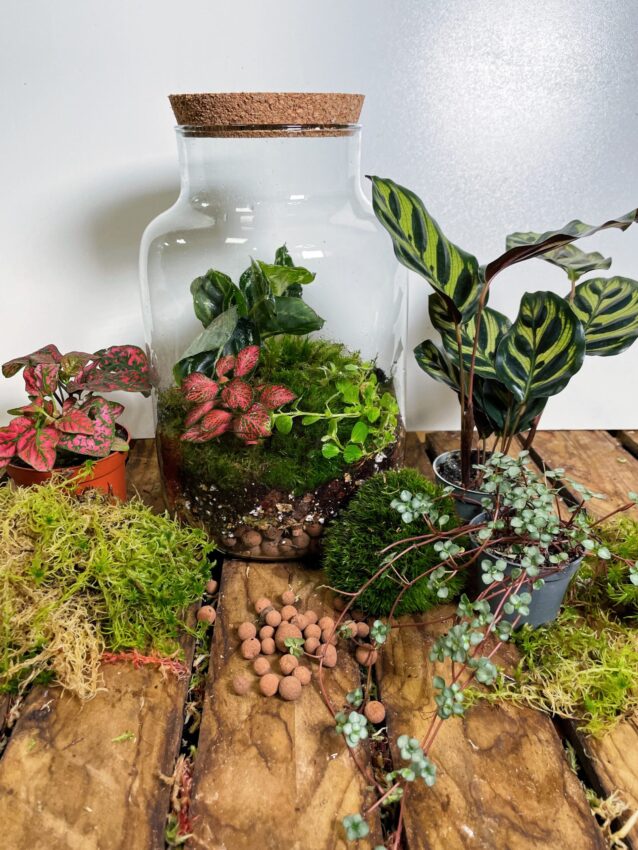10 Bizarre and Unusual Houseplants to Add a Unique Twist to Your Indoor Garden
From cacti shaped like brains to succulents that resemble sea creatures, these plants are sure to add a touch of quirkiness to your home. Don’t miss out on this mind-blowing collection of unusual plants that will transform your home. Click now to discover the weirdest houseplants you never knew existed!
Introduction
If you’re a plant lover looking for something a little out of the ordinary, then these unusual-looking plants may be just what you’re looking for. Not only do they add visual interest and character to your home or garden, but they are also relatively easy to care for.From the corkscrew-shaped leaves of the Albuca Frizzie-Sizzle Spiralis to the metallic purple foliage of the Persian shield plant, these unique specimens are sure to make a statement. Read on to learn more about these unusual yet low-maintenance plants and how to care for them.
1
‘Glass Succulent’ Haworthia Cooperi
Haworthia cooperi, also known as the “glass succulent,” is a small, slow-growing succulent plant native to South Africa. It is known for its unique, translucent leaves that give it a “glass-like” appearance.
These leaves are typically green but can range in colour from light green to dark green depending on the amount of light the plant receives. The leaves are typically arranged in a rosette pattern and are thin and delicate, with a wavy or zig-zagged edge. Haworthia cooperi is a low-maintenance plant and is well-suited to growing in a range of indoor environments. It is drought-tolerant and can thrive in a variety of soil types, but prefers well-draining soil and bright, indirect light.
As with all succulents, it is important to allow the soil to dry out completely between watering. Haworthia cooperi is a popular choice for collectors and makes a great addition to any collection of succulent plants.
2
‘Living Stones’ Lithops
Lithops, also known as “living stones,” are a type of small, low-growing succulent native to Southern Africa. They get their common name from their unique appearance, which is characterized by their fleshy, stone-like leaves that are often the same colour as the surrounding soil.
This allows them to blend in with their surroundings and helps to protect them from predators in their natural habitat. Lithops are known for their ability to survive long periods of drought, as they are able to store water in their leaves.
They are well-suited to growing in a range of indoor environments but prefer well-draining soil and bright, indirect light. As with all succulents, it is important to allow the soil to dry out completely between watering. Lithops are a popular choice for collectors and make a great addition to any collection of succulent plants.
3
‘String Of Dolphins’ Senecio Peregrinus
Senecio peregrinus, also known as “string of dolphins,” is a trailing, succulent plant native to South Africa. It is known for its small, elongated leaves that resemble the shape of dolphins.
These leaves are typically a pale green or blue-green colour and are arranged along thin, delicate stems. Senecio peregrinus is a low-maintenance plant and is well-suited to growing in a range of indoor environments.
It is drought-tolerant and can thrive in a variety of soil types, but prefers well-draining soil and bright, indirect light. As with all succulents, it is important to allow the soil to dry out completely between watering. Senecio peregrinus is a popular choice for collectors and makes a great addition to any collection of trailing plants.
4
Albuca Frizzie-Sizzle Spiralis
Albuca Frizzie-Sizzle Spiralis is likely a cultivar of the plant species Albuca spiralis, which is also known as the corkscrew albuca or frizzle sizzle plant. This plant is native to South Africa and is a member of the lily family.
It is known for its distinctive, spiral-shaped leaves that grow in a corkscrew pattern. The leaves are typically green in colour and can grow up to 18 inches long. The plant also produces small, yellow flowers in the spring or summer.
It is a popular houseplant due to its low maintenance and ability to thrive in a variety of lighting conditions. It is also drought-tolerant and can be grown in well-draining soil.
5
‘Split Rock’ Pleiospilos Nelii
Pleiospilos nelii, also known as “split rock,” is a small, slow-growing succulent native to South Africa.
It is known for its unique appearance, which is characterized by its round, paired leaves that are split down the middle. These leaves are typically a dark green colour and have a waxy, glossy texture. Pleiospilos nelii is a low-maintenance plant and is well-suited to growing in a range of indoor environments.
It is drought-tolerant and can thrive in a variety of soil types, but prefers well-draining soil and bright, indirect light. As with all succulents, it is important to allow the soil to dry out completely between watering. Pleiospilos nelii is a popular choice for collectors and makes a great addition to any collection of succulent plants.
6
‘Persian Shield’ Strobilanthes Dyerianus
The Persian shield plant (Strobilanthes dyerianus) is a tropical plant native to Myanmar (formerly known as Burma).
It is known for its bright purple or metallic silver foliage and its ability to grow well in full sun to low light conditions.
The leaves of the Persian shield plant are large and oval-shaped, with a glossy, metallic appearance.
The plant can grow up to 3 feet tall and produces small, purple flowers in the fall or winter. It is often grown as a houseplant or in outdoor gardens in warm climates. Persian shield plants prefer well-draining soil and should be watered regularly, but allowed to dry out slightly between waterings. They are also sensitive to cold temperatures, so they should be protected from frost.
7
‘Mermaid Cactus’ Euphorbia Lactea Cristata
Euphorbia Lactea Cristata, also known as the Mermaid Cactus or Crested Euphorbia is created by grafting two different Euphorbia plants from Euphorbiaceae family.
It is a popular ornamental plant, known for its unique, crested or wavy growth pattern.
It is a relatively low-maintenance plant and can be grown indoors or outdoors in a sunny location. It is important to handle the plant with caution due to its toxic sap.
8
‘Staghorn Fern’ Platycerium
The staghorn fern (Platycerium) is a type of epiphytic fern that is native to tropical rainforests. It gets its name from its antler-like fronds, which resemble the horns of a stag.
The staghorn fern is an unusual plant in that it does not have roots in the soil. Instead, it grows by attaching itself to tree trunks or other structures. It absorbs water and nutrients from the air and rain, and the tree or structure provides support.
The staghorn fern is a popular plant for growing indoors or outdoors in warm, humid environments. It requires well-draining soil and regular watering, but it should not be allowed to sit in standing water. It prefers indirect sunlight and can be grown in a hanging basket or mounted on a board or other surface. The plant is sensitive to cold temperatures and should be protected from frost. It is an easy-to-grow plant that is well-suited to beginners.
9
‘Marimo Moss’ Aegagropila Linnaei
Marimo moss (Aegagropila linnaei) is a type of aquatic plant that is native to Japan and other parts of East Asia. It is a type of green algae that grows in spherical shapes and has a velvety appearance. The plant gets its name from the Japanese words “mari,” which means “ball,” and “mo,” which means “plant.” Marimo moss is also known as lake ball, marimo ball, or moss ball.
Marimo moss is a slow-growing plant that is often kept as a decorative item in aquariums or as a houseplant. It is relatively easy to care for and does not require much light or special nutrients. It can be kept in a bowl or jar of water and should be turned occasionally to ensure that all sides of the plant receive an equal amount of light. It is important to keep the water clean and to avoid disturbing the plant too much.
Marimo moss is known for its ability to filter impurities from the water, making it a popular choice for aquarists.
10
‘Pitcher Plants’ Nepenthes
Nepenthes plants, also known as tropical pitcher plants, are a genus of carnivorous plants that are native to Southeast Asia, the Philippines, and Australia. They are known for their unique pitcher-shaped leaves that are modified to trap insects and other small prey.
The plants have a special liquid inside the pitcher which help to digest the prey. They are typically grown as a houseplant, typically requires high humidity and bright, indirect light. They can be propagated by seed or by rooting stem cuttings.
Some species of Nepenthes can grow quite large and can be grown in terrariums or greenhouses.
Looking For More Knowledge?
If you’re looking for more information on how to care for your plants, be sure to check out our other articles on plant care. We have articles on a wide range of topics, including how to treat common pests, how to choose the right soil and fertilisers, and how to propagate your plants. Our articles are packed with useful tips and information that can help you get the most out of your plants. Whether you’re a serial plant killer, a beginner or have your own lush jungle, there’s something for everyone. So take a look and see what you can learn!


